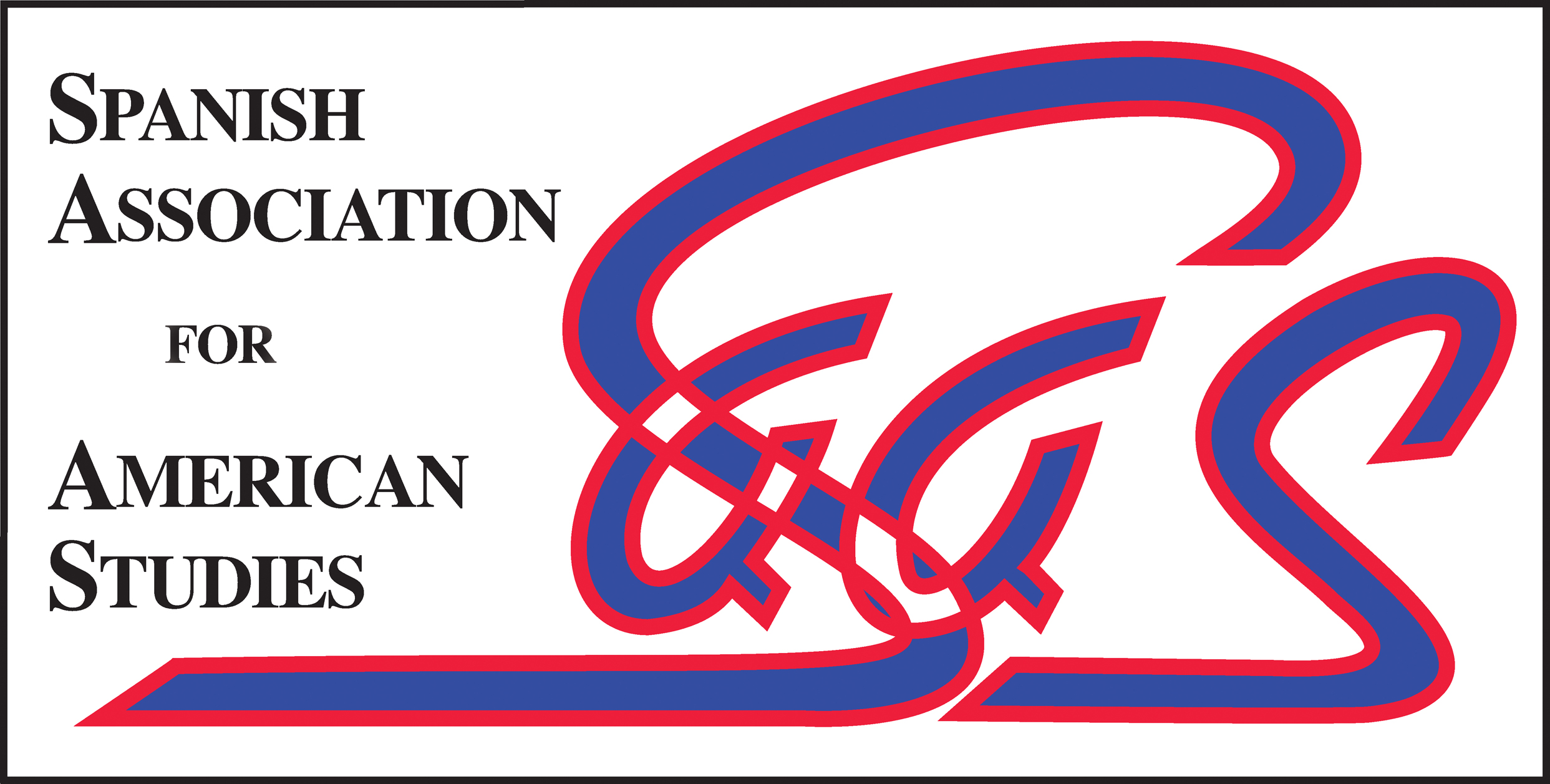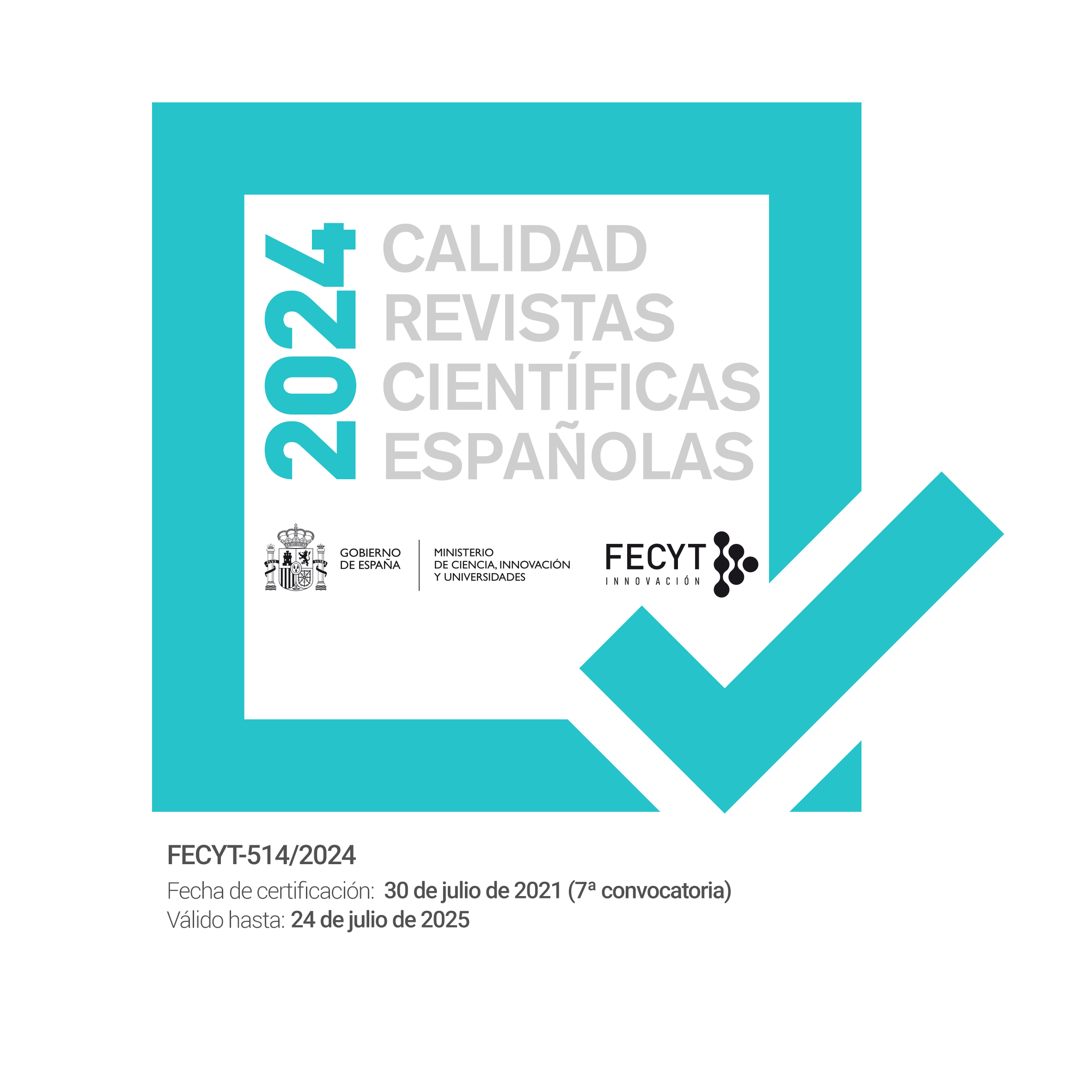Two Legged Wombs: Surrogacy and Margaret Atwood’s "The Handmaid’s Tale"
Abstract
ABSTRACT: Published in 1985, The Handmaid’s Tale is Margaret Atwood’s most famous work and her first dystopian novel, since all her previous fiction had adjusted to the conventions of realism. In general the plot of any dystopia should be based on factuality, or in other words, it has to be a plausible representation of the future of a concrete society. However, either when the novel was published or now that more than thirty years have passed, there is no such thing as “handmaids.” Nothing of the sort exist in any democratic country (Kay n.p.). However, as Chaterjee points out, there are many “disturbing” overlaps between Atwood’s handmaids’ struggle and the real experience and events that take place in contemporary surrogacy agreements. (n.p.). This paper examines Margaret Atwood’s The Handmaid’s Tale from a 21stcentury posthumanist perspective, which discusses the economic and ethical implications and no insignificant shocking similarities between the handmaids in the novel and our present-day surrogate mothers.
RESUMEN: Publicada en 1985, The Handmaid’s Tale es la obra más famosa de Margaret Atwood y su primera novela distópica, ya que toda su obra de ficción anterior partía de las convenciones del realismo. Generalmente el argumento de una distopía tiene que estar basado en la facticidad o, en otras palabras, tiene que ser una representación creíble del futuro de una sociedad concreta. Sin embargo, ni cuando la novela fue publicada, ni ahora que han pasado más de treinta años existe algo como las criadas. No hay rastro de nada parecido en ningún país democrático (Kay n.p.). No obstante, como Chaterjee señala hay muchas coincidencias “inquietantes” entre la lucha de las criadas de Atwood y la experiencia real vivida en los acuerdos contemporáneos de subrogación (n.p.). En este artículo se analiza The Handmaid’s Tale desde una perspectiva posthumanista del siglo XXI, que debate las implicaciones económicas y éticas y las no insignificantes y llamativas similitudes entre las criadas de la novela y las madres subrogadas de hoy en día.















